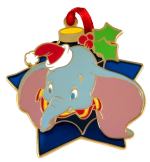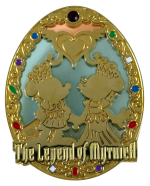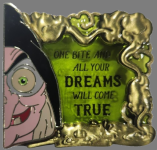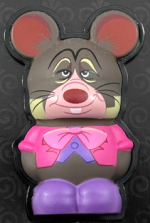The information available in this post is available as a PDF on Google drive. Remember, the internet is not forever and printing physical copies can be your friend.
 drive.google.com
drive.google.com
With over 100,000 pins, duplicating characters, movies, attractions, etc. how do you make pins unique? Disney has utilized different construction techniques, and gimmicks to differentiate similar pins from one release to another. In the Processes and Finishes guide, we describe how die-stamped pins are stamped and filled. However, not every fill portion is traditional enamel. Different materials are incorporated to create different effects.
CAMEO: Enamel is replaced by resin to give the appearance of a porcelain cameo.
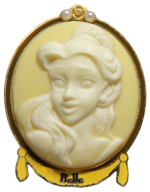
FABRIC: Enamel is replaced by fabric. Sometimes fabric is inserted in place of enamel, or in this pin, the flags are represented with fabric instead of enamel.
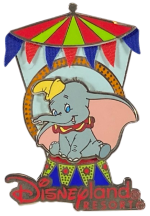
FLOCKED: Enamel is replaced by fibers to create a soft, fuzzy section.
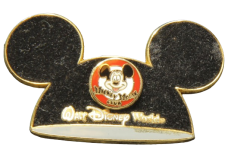
FREE-D: A rubber 3-D element, used to add dimension and highlight a particular portion of the pin. Free-D is an acronym for: Fastened Rubber Element for Extra Dimension.
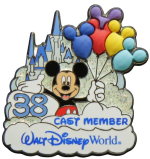
GLITTER: Glitter is used as additional filler. Sometimes it’s light and subtle, and sometimes it’s heavily applied.

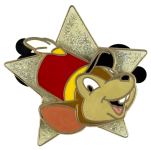
GLOW IN THE DARK: After light exposure, the pin will react in darkness. Haunted Mansion themed pins frequently use this attribute.
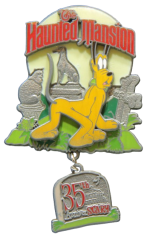

JEWELED: The pin incorporates rhinestones or other jeweled elements, such as Swarovski crystals.
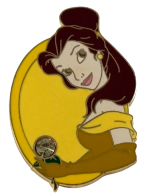
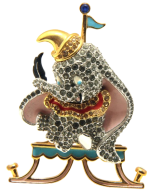
LENTICULAR: Two images are interlaced so the viewing angle determines which one is seen.

PEARLIZED: Typically, a Mica base + metal oxide that reacts with light to create a shimmer effect, resembling the look of a pearl.
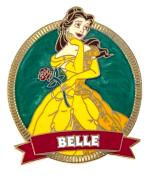
PHOTO / IMAGE INSERT: Enamel is replaced with a printed design, sealed with epoxy and adhered into a section of the pin.
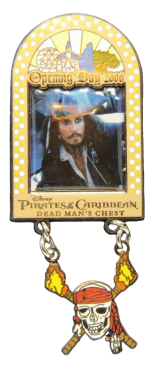

Get to Know Attributes Fill.pdf
 drive.google.com
drive.google.com
Get to Know: Base Attributes
With over 100,000 pins, duplicating characters, movies, attractions, etc. how do you make pins unique? Disney has utilized different construction techniques, and gimmicks to differentiate similar pins from one release to another. In the Processes and Finishes guide, we describe how die-stamped pins are stamped and filled. However, not every fill portion is traditional enamel. Different materials are incorporated to create different effects.
CAMEO: Enamel is replaced by resin to give the appearance of a porcelain cameo.

FABRIC: Enamel is replaced by fabric. Sometimes fabric is inserted in place of enamel, or in this pin, the flags are represented with fabric instead of enamel.

FLOCKED: Enamel is replaced by fibers to create a soft, fuzzy section.

FREE-D: A rubber 3-D element, used to add dimension and highlight a particular portion of the pin. Free-D is an acronym for: Fastened Rubber Element for Extra Dimension.

GLITTER: Glitter is used as additional filler. Sometimes it’s light and subtle, and sometimes it’s heavily applied.


GLOW IN THE DARK: After light exposure, the pin will react in darkness. Haunted Mansion themed pins frequently use this attribute.


JEWELED: The pin incorporates rhinestones or other jeweled elements, such as Swarovski crystals.


LENTICULAR: Two images are interlaced so the viewing angle determines which one is seen.

PEARLIZED: Typically, a Mica base + metal oxide that reacts with light to create a shimmer effect, resembling the look of a pearl.

PHOTO / IMAGE INSERT: Enamel is replaced with a printed design, sealed with epoxy and adhered into a section of the pin.


Last edited:


